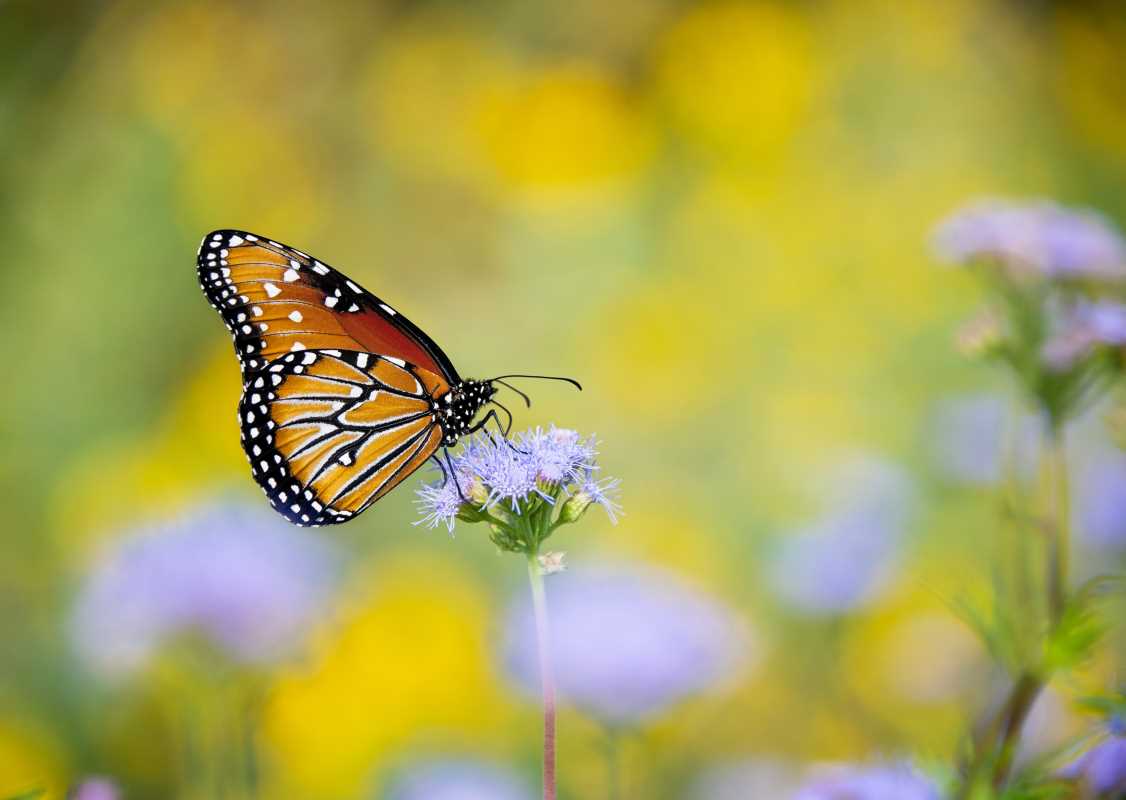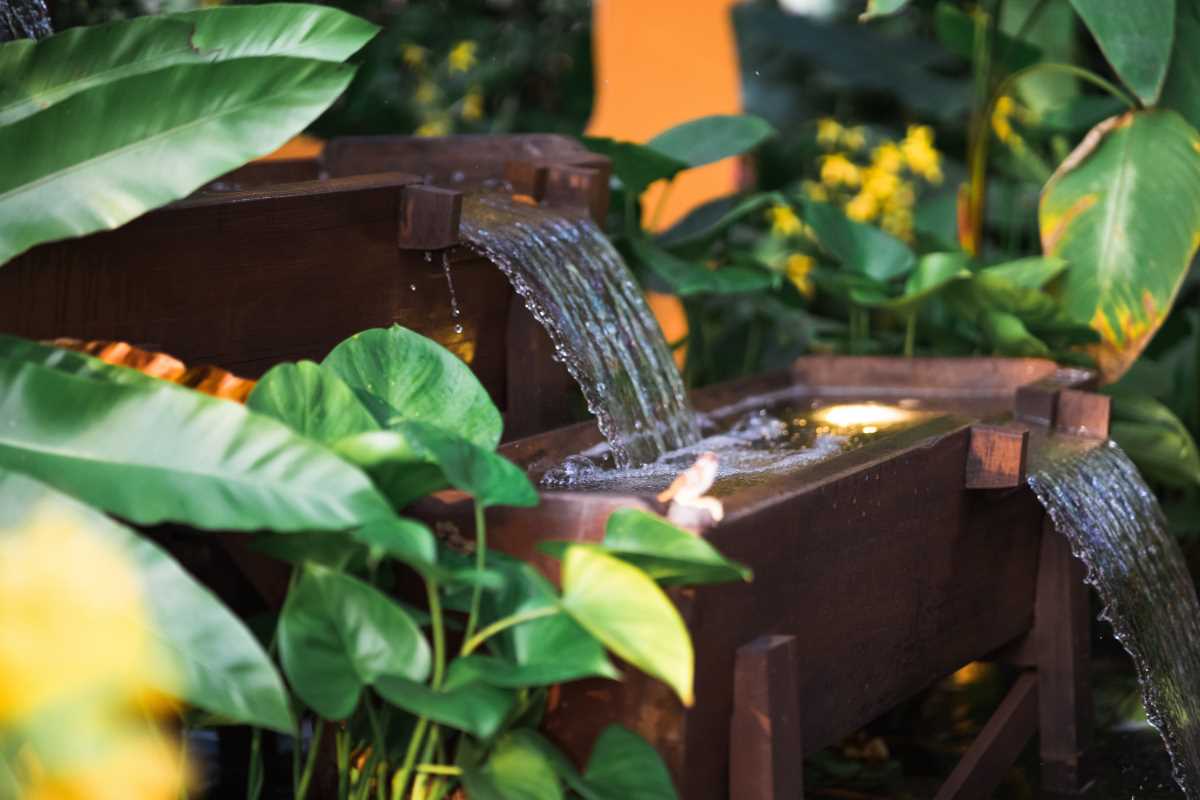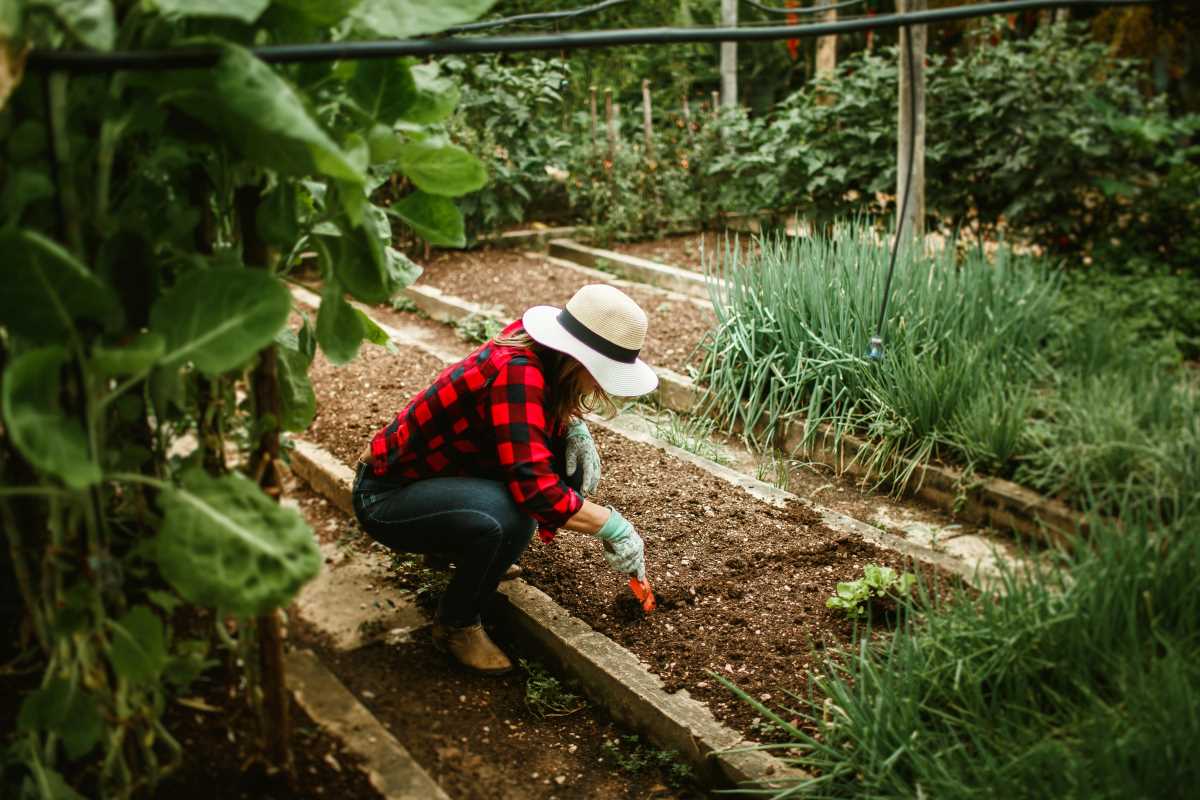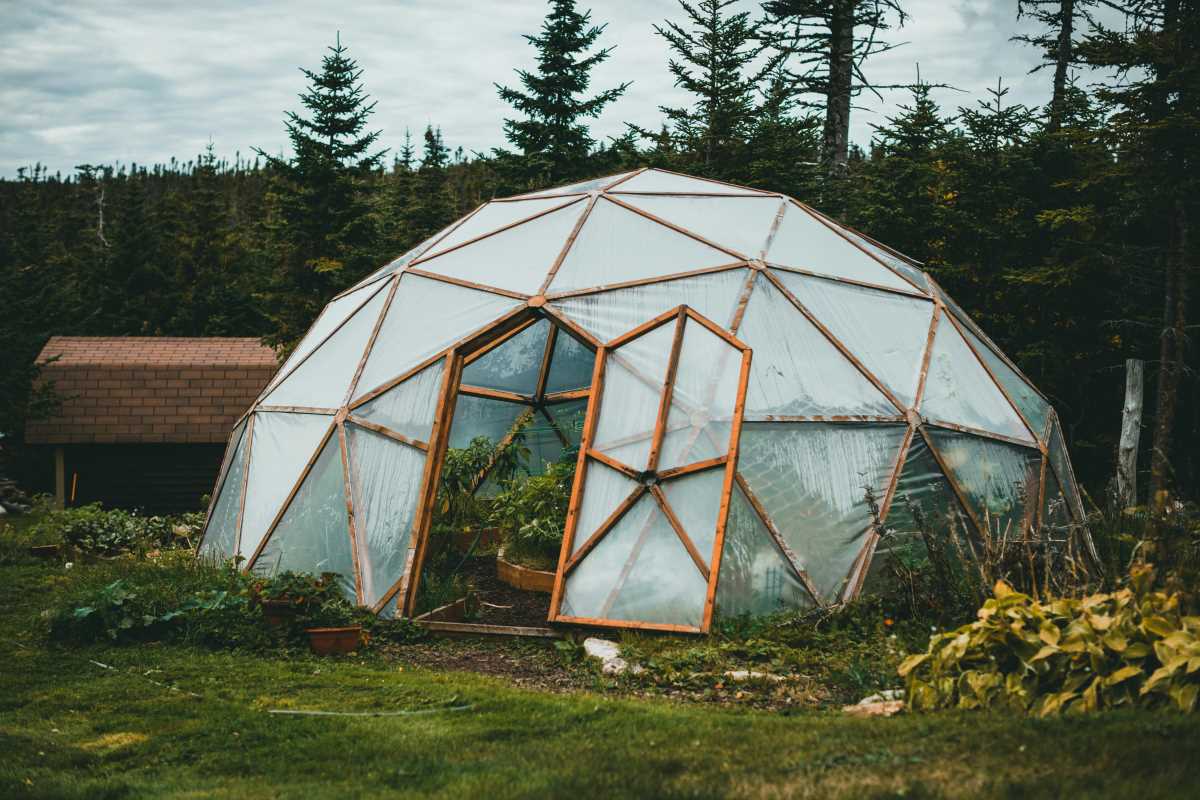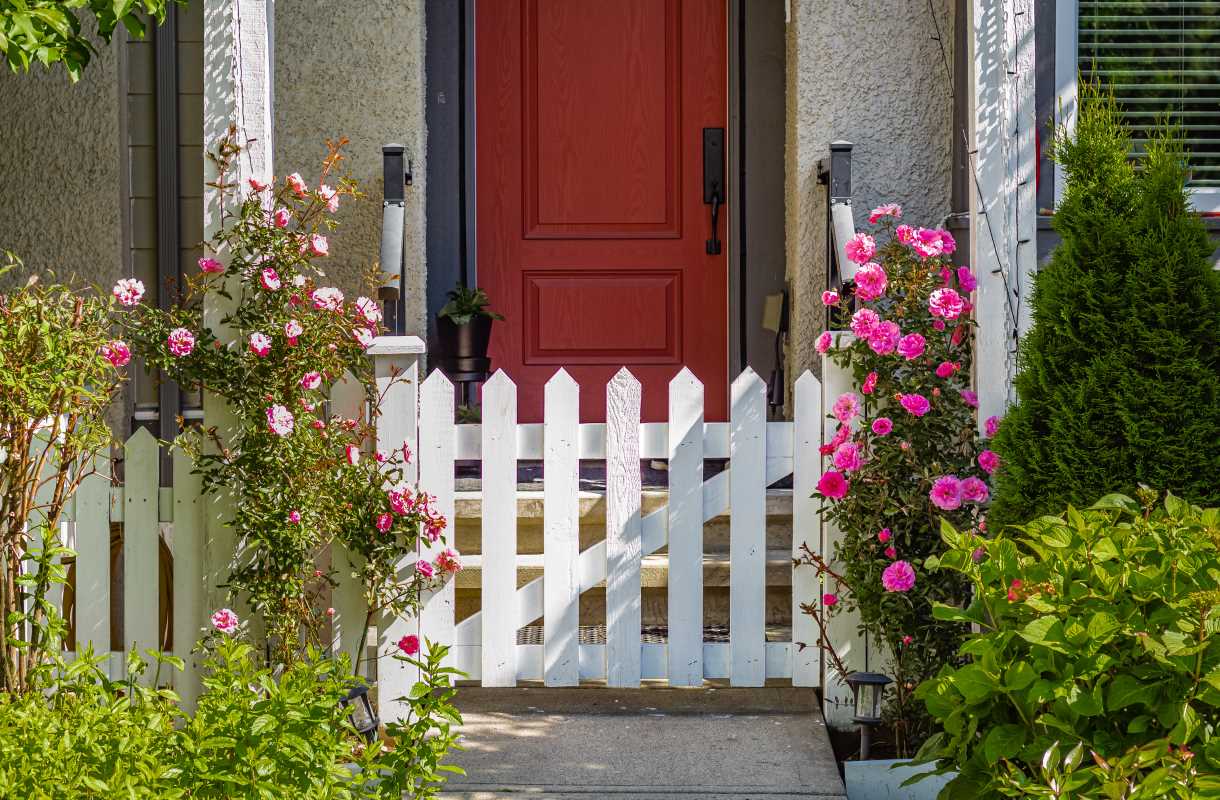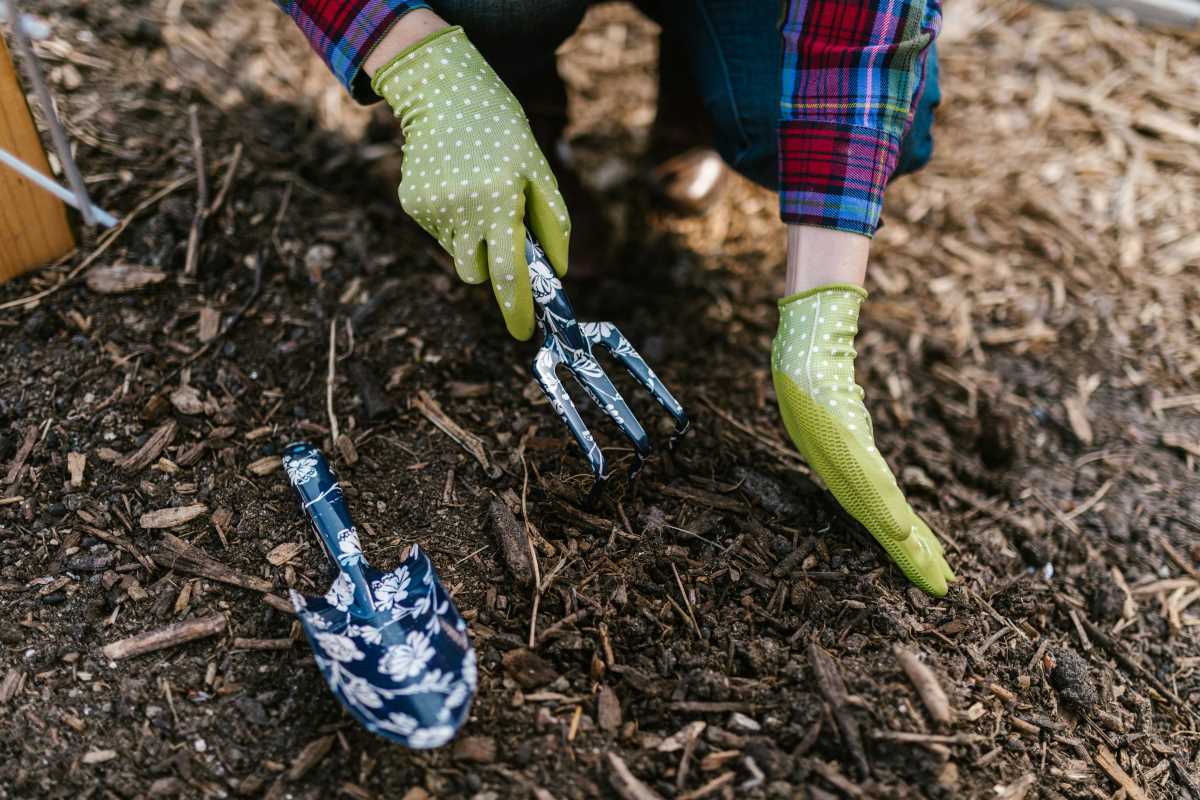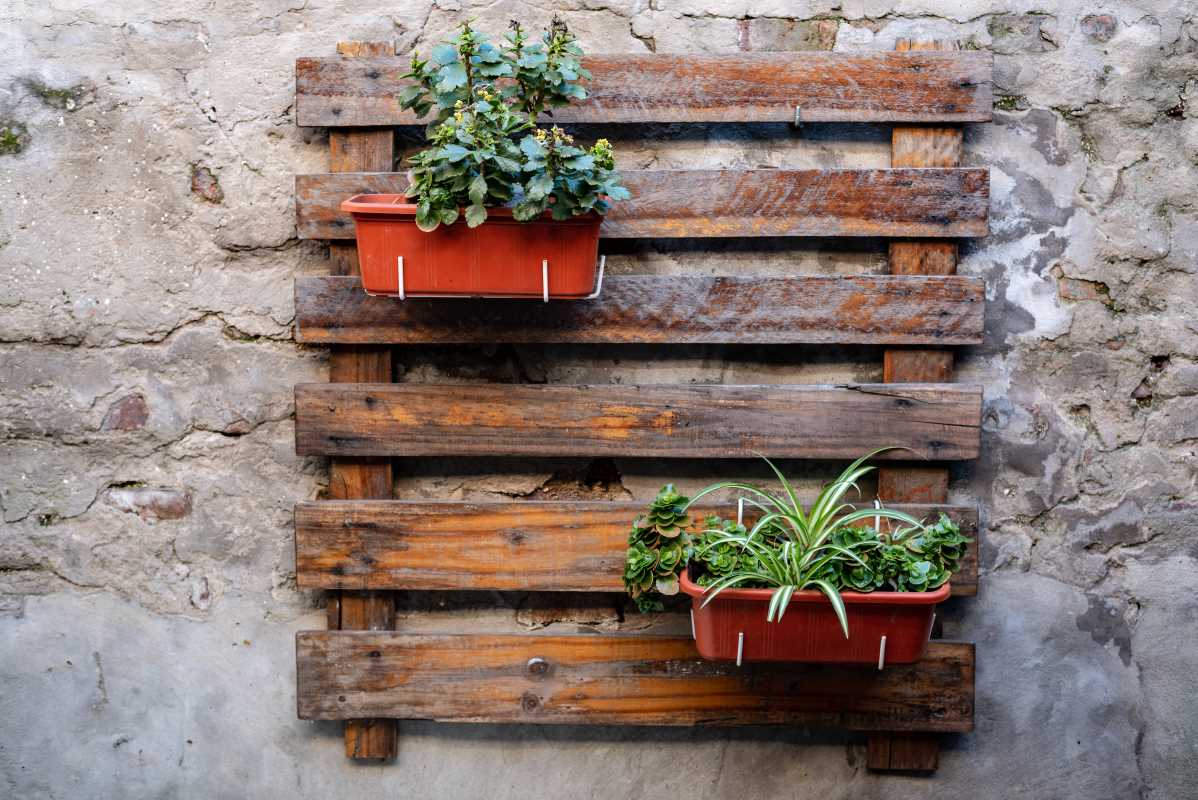Step into the delightful journey of crafting a lively flower bed that not only brightens your garden but also invites hummingbirds while deterring pesky intruders. This guide serves as your friendly companion, leading you through the entire process, from planning to planting. You'll find easy-to-follow tips and relatable examples that make it feel like you're getting advice from a trusted friend next door. Whether you are transforming a barren plot or adding flair to an existing garden, this guide offers a straightforward, step-by-step approach to help you create a vibrant and welcoming outdoor haven.
Gardening should be fun and creative, and building a colorful flower bed can be a rewarding project. You will learn how to choose the perfect spot, select the right types of flowers, and design the layout with both beauty and function in mind. The goal is to invite nature’s tiny jewels while naturally discouraging annoying pests without relying on harsh chemicals.
Choosing the Right Spot for Your Flower Bed
Finding the best place for your flower bed sets the stage for a thriving garden. Think about sunlight, water drainage, and easy access for maintenance. A location that receives at least six hours of direct sunlight daily gives your flowers the energy they need and creates a warm, inviting spot for visiting hummingbirds.
Before you start digging, walk around your yard and note any differences in soil moisture and shading. A spot sheltered from harsh winds and extreme temperatures can also help your plants grow strong. Be sure to clear away any debris or old plants that might hinder new growth, and consider testing your soil to adjust pH levels if necessary.
Selecting Colorful Flowers That Attract Hummingbirds
When it comes to choosing flowers, some selections offer bright colors and a pleasant aroma that lure in hummingbirds. In this step, understanding the preferences of these small, lively birds will help you pick blooms that serve dual purposes: visual appeal and a natural nectar source.
The variety of flowers you plant can influence how successful your garden is at attracting these winged visitors. Here are some recommendations in a simple list:
- Bee balm – known for its bright colors and tubular flowers.
- Salvia – a favorite among hummingbirds due to its deep hues and nectar-rich blooms.
- Trumpet vine – provides vibrant blossoms that easily capture the attention of hummingbirds.
- Lantana – offers clusters of blooms with a mix of bright shades.
- Many garden plants attract hummingbirds – leaves a trail of irresistible nectar for the tiny aviators.
Mixing these types not only brings a burst of color to your garden but also ensures there is an ongoing source of food available for hummingbirds. Choosing native species when possible can further improve the success of your garden, as local plants tend to be better adapted to your climate.
Designing Your Flower Bed for Maximum Visual Appeal
Designing a garden resembles painting on a canvas. The overall layout, spacing, and color groupings can make or break the look of your flower bed. Start by sketching a rough plan on paper, marking where each group of plants will go. Consider how each bloom will complement the other as seasons change.
A well-thought-out design gives you a balanced look that changes with the passing hours and seasons. Here are some design tips to keep in mind:
- Plan for height variations: taller plants should be at the back or the center if viewed from all sides, while shorter ones can fill in the front.
- Group by color: choose complementary colors that create a harmonious display without clashing.
- Allow breathing space: avoid overcrowding to give each plant room to flourish and for you to easily maintain the garden.
- Consider seasonal blooms: choose a mix of early bloomers and late bloomers to ensure continuous color throughout the growing season.
Experiment with different arrangements on your paper before making any permanent changes. Enjoy rearranging and moving things around until you feel the design tells the story you want your garden to share.
Keep in mind that your design can evolve as you gain more confidence and as the garden matures. Regular observation will offer insights on what might need extra care or a redesign in certain areas.
Keeping Pests at Bay Naturally
Keeping your flower bed free from pests does not always require chemicals or strong pesticides. Instead, focus on natural methods that deter unwanted visitors while keeping the nectar and colorful blooms attractive to beneficial creatures like hummingbirds.
Introduce companion planting by pairing flowering species that naturally repel pests. A few herbs and marigolds, for example, can keep insects from harming your plants. Maintaining clean garden beds by removing fallen leaves and debris also removes inviting shelters for pests.
Encourage beneficial insects and birds that feed on pests by creating a suitable habitat with diverse plantings. Regular monitoring and gentle hand removal of harmful insects can keep the population in check while protecting your overall garden ecosystem.
Set up a small water feature or a shallow dish for birds. This not only attracts them but also helps establish a balanced environment where pests are less likely to overrun the space.
Combining Beauty and Safety in Your Flower Choices
Choose flowers that offer vibrant colors, attract hummingbirds, and naturally deter pests. Favor native plants, organic treatments, and companion planting for a beautiful, safe, and eco-friendly flower bed that supports both wildlife and healthy growth.
Your flower bed will provide beauty, invite wildlife, and help keep unwanted pests away.
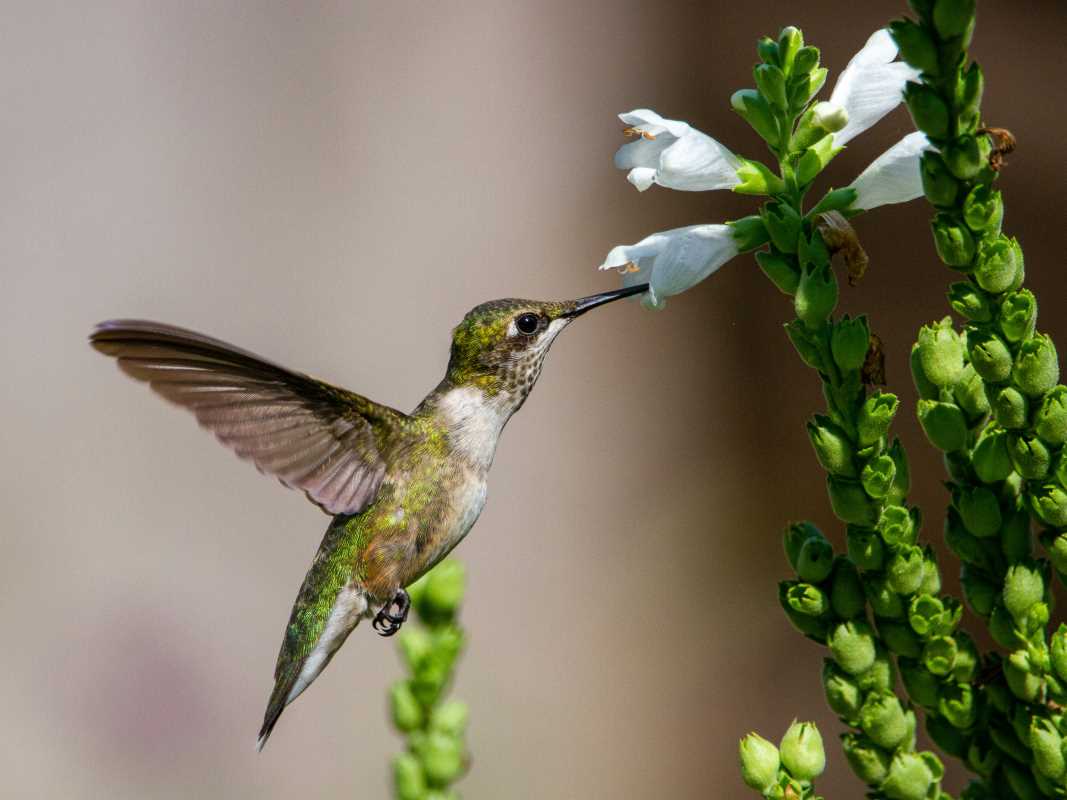 (Image via
(Image via